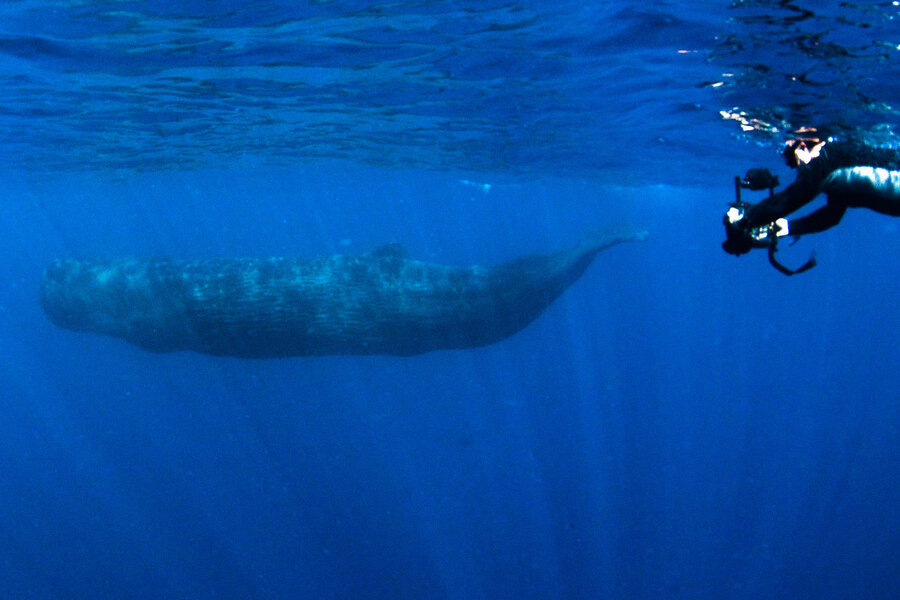Fact-checking Moby Dick: Can sperm whale foreheads sink ships?
Loading...
Much has been written about the propensity of science fiction to spur scientific innovation, but a new study suggests classic fiction can have the same effect.
Scientists embarked on a study of sperm whales to understand whether Herman Melville's tale of a whale that sunk a ship by ramming it with its massive forehead is truly fact or fiction.
"The theory was instrumental in inspiring Herman Melville's novel "Moby Dick," but until our research, its mechanical feasibility had never been addressed," researcher Olga Panagiotopoulou of the University of Queensland said in a University press release. "The scientific community received the ramming hypothesis with reluctance."
The sperm whale's ramming capabilities "remain untested" in the scientific literature but are well-described elsewhere. The ship-ramming hypothesis, first suggested by whalers after the sinking of the Essex in 1820 and the Ann Alexander in 1851, plays a central role in "Moby Dick." But an international research team wanted data that would be palatable to a skeptical scientific community. The resulting paper, "Architecture of the sperm whale forehead facilitates ramming combat," was published in the open-source journal PeerJ on Tuesday.
They began by exploring the over-large forehead of a male sperm whale. The forehead, which is occupied by two large, oil-filled cavities called the “spermaceti organ” and the “junk," accounts for one-third of the male mammal's mass. But because the gigantic forehead was a characteristic of only male sperm whales, researchers suspected it might play a role in courtship — or competition.
"The immense forehead of sperm whales is possibly the largest, and one of the strangest, anatomical structures in the animal kingdom," researchers wrote in the study.
Scientists were skeptical of the ramming theory because the forehead contains some fairly delicate structures. For example, scientists already knew the forehead's echolocation abilities helped whales navigate during deep dives. They also had no reliable record of whales ramming anything, much less a wooden ship. Researchers felt justified, however, by one documented observation from a wildlife pilot flying over the Gulf of California in 1997, as Gizmodo reported:
The converging whales swam to one another without obvious speed changes or deviations in course, making occasional shallow dives. About 20 feet from one other [sic], the smaller one shallow dove and a split second later, the big one did also. Leveling under water, they rammed head to head.
Based on mechanics — the research team included a bioengineer — the team decided that a sperm whale can ram an object more than twice its size without any ill effects whatsoever. The "junk" portion of the forehead can safely absorb and distribute the stress of impact, Milafel Dacanay reported for Tech Times.
But researchers also wonder if sperm whales get their large foreheads from their mammal origins. Their fellow mammal cousins, with rams being one example, are famous for more observable instances of ramming, often fighting over mates — suggesting that Captain Ahab and his real-life fellows may have been victims of a sexual competition mechanism gone awry.








